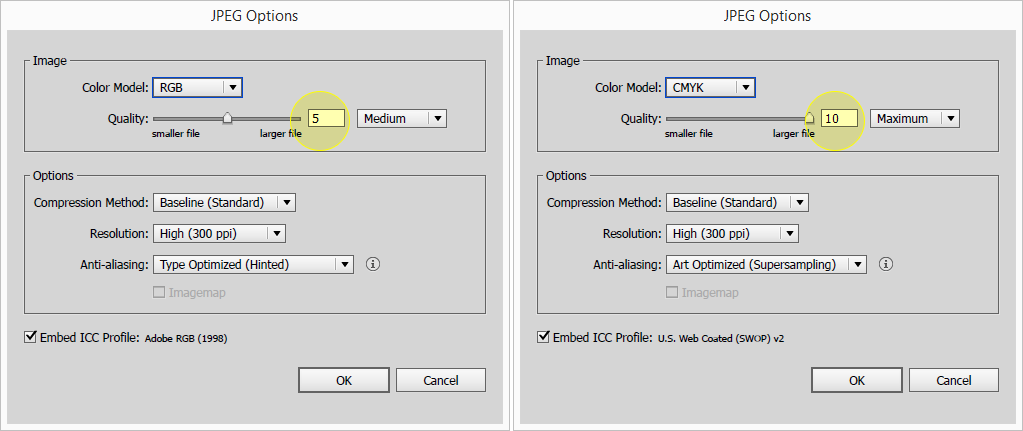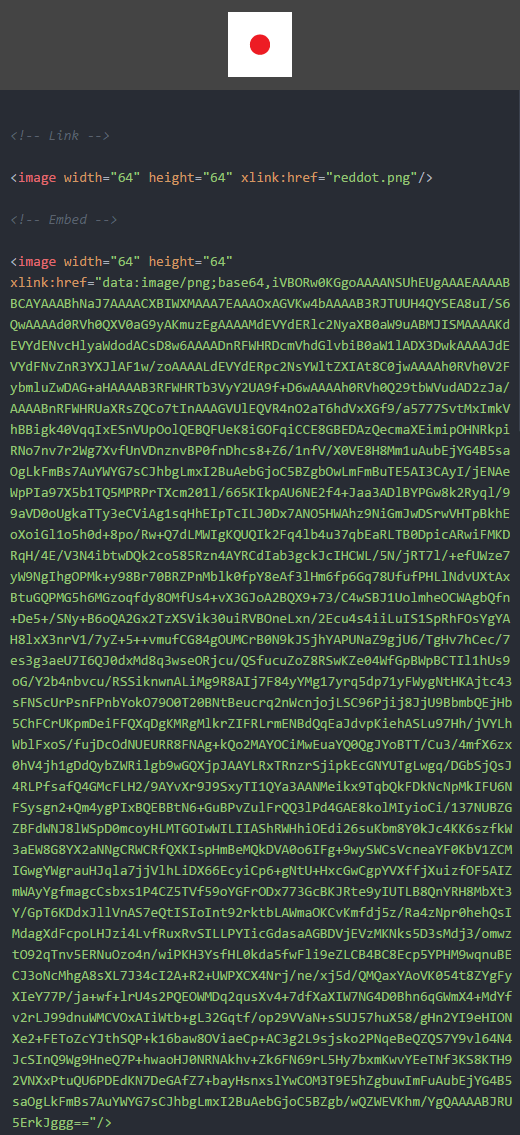

- #Illustrator export vector code how to#
- #Illustrator export vector code software#
- #Illustrator export vector code code#
- #Illustrator export vector code series#

Or I often find just copying to a new file faster. Save/Export, then hit Command-Option-3 (Mac) or Ctrl-Alt-3 (Win) to show everything again. This will hide everything which is not selected. Select the object you want to save/export and then hit Command-Option-Shift-3 (Mac) or Ctrl-Alt-Shift-3 (Win). You can also utilize the hidden "hide other" shortcut. Since version 2015.2, Illustrator CC has shipped with a new export panel created for web-optimized SVG files. Im wondering if Im going about this the wrong way, and there is some more efficient way to shade vector art in Illustrator. Choose Object > Show All from the menu.Export (leaving "clip to artbaord" unchecked) You should only see the art not hidden.However, there is a second way to get there by using the Actions panel in the Illustrator workspace. Another way to get SVG from Adobe Illustrator is to choose the File > Export > Export As.
#Illustrator export vector code code#
You could hide everything you don't want to export first: I check this option because it lets me set those attributes either in the code or in the CSS. Or just adjust the artboard to fit only the object you want to export and then tick the "clip to artboard" option when saving/exporting. As a rule, you’ll have to adjust the artboard size, as it is often downsized during conversion (for example, an image of 1000×1000 becomes 600×800).You could set up artboards for each object. Your SVG is ready!ĭownload the file and make sure that everything is OK. Upload the HTML file and click Start conversion. Other services either produce a result that looks very different from the original or fail to convert the file at all. I checked dozens of online converters to find the best one for the task: is way more accurate and stable at converting files than others. In Bodymovin, go to Settings and select the Demo export mode. Otherwise, the result might differ greatly from the original. If you do, stretch the layers to the borders of the composition.Īlso, disable the layers with Alpha Matte and use a regular mask. Make sure that you have no cropped layers. If you keep unnecessary keyframes After Effects will export any random frame from the project. If you need a frame from somewhere in the middle of the timeline, you should place the keys only on this frame and move them to the beginning of the composition. Move the playhead to the first frame of the timeline and delete all keyframes.

This will prevent your hair from getting grey after you accidentally save and close the project without keyframes. Warning! Before you start, make a backup copy of the project. It requires the Bodymovin plugin and an online file converter. A helpful note: since Photoshop is a raster graphics editor, many people prefer to create and edit SVG. Click on the Format drop-down menu within the box that appears and then select SVG.
#Illustrator export vector code software#
Since you mentioned the person handling the file might be using old software you should most likely choose R14/LT98/LT97.
#Illustrator export vector code series#
Alternative way of exporting an SVG file from After EffectsĪfter a series of trials and errors, we discovered the easiest way of exporting SVG files from After Effects. Once you’ve put together an image in Photoshop, click on File > Export > Export As. From the Illustrator Export menu under File -> Export choose 'AutoCAD Interchange File (.DXF)' After clicking export in the file dialog that opens, you can choose the version of cad to export for. Together with Icons8 team of animators, we were looking for a way to simplify this process, and eventually, we found it. But if an image required editing, again, we had to copy it from scratch. It was OK for cases when an illustration was intended for posting on a website. Sometimes we did it another way: we exported an animation fragment to HTML or JSON. That was very exhausting, and the results were not 100% identical to the originals. What is the standard way of solving this problem?īefore we found the way that we’ll show you below, we used to export the required frames from After Effects to PNG or JPEG and then manually copied them using a graphic editor.
#Illustrator export vector code how to#
In this brief tutorial, we’ll show you how to quickly export an SVG image from AE. Illustrator requires vector images, while AE only supports the export of rasters. Quite often, we need to export a single frame from After Effects (AE) and edit it in Illustrator.


 0 kommentar(er)
0 kommentar(er)
